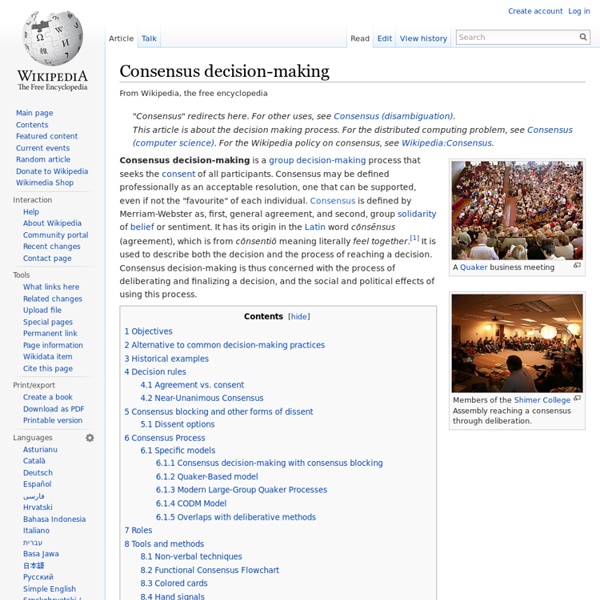Group Systems
LEVEY Wallcoverings and Interior Finishes - IdeaPaint Dry Erase Finish
Buy Now We exist for one simple reason: to fundamentally improve the way people work. IdeaPaint was born from this very notion, a frustration with the way ideas were shared and coworkers collaborated. How can you think big when you write small? We could see the writing on the wall. Exploration leads to discovery. IdeaPaint is proven on the walls of the world's most innovative and successful companies. IdeaPaint is more than a tool. Leave your mark™ Order a sample Link to product pages Book a presentation to learn more
SIBITE
The Sangha Boat | Wake Up International
An Interview with Brother Chan Phap Ho Brother Chan Phap Ho was born and raised in Stockholm, Sweden. At the age of twenty-nine, he left Sweden for India. That pilgrimage brought him to Plum Village, where he joined the monastics in 2003. In 2015, he returned to Plum Village for the winter retreat after ten years living and practicing at the Deer Park Monastery. Question: In 2009, Thay shared with the Sangha a letter you wrote to Thay. Brother Phap Ho: First of all, this may be an insight. The love for the Sangha is one aspect that protects and maintains my monkhood. Since joining the monastics, I’ve had a very clear aspiration. A second concrete practice I conveyed to Thay was that if I have doubts and want to leave the Sangha, I will not leave right away. Question: Do you think that your responsibility as the Abbott at the Deer Park Monastery helps you have the deep insight that everyone of us is an element creating the Sangha boat? Besides, we also need to mention climate injustice.
How it Works
Here is how the Crowd Wise method can be implemented in practice through four easy steps: Starting with an open question, which could be anything from ‘what should we spend our money on next year’ to ‘ what’s the best way to tackle urban poverty? . A range of options is developed, as opposed to just two alternatives: A range of options is considered as opposed to just two alternatives: Options can be pre-developed or defined as part of an event. An initial Consensus Vote takes place - stakeholders rate the options according to their preference: Results from this initial phase are counted and recorded. • options are now discussed constructively amongst stakeholders (this process can take place over 2 – 3 hours or a much longer period) • understanding amongst all parties increases; there is openness to other people’s point of view • as the discussion progresses, options start to get modified or merged to reflect growing consensus • a second Consensus Vote helps identify where consensus lies
Demoex
Origem: Wikipédia, a enciclopédia livre. Democracia experimental (Demoex) 1 , um partido político sueco local, é uma experiência em democracia direta eletrônica, com votações pela internet, que teve início durante um seminário denominado "TI - Tecnologia da Informação e a Democracia" realizado em outubro de 2000 numa escola de Vallentuna, um subúrbio de Estocolmo 2 . Uma das razões de sua criação, além do desencanto generalizado com os políticos tradicionais, foi o fato de que na democracia representativa a opinião do Povo só é consultada uma vez a cada quatro anos. As discussões que se iniciaram naquele seminário, tanto online como na vida real, levaram um grupo de estudantes e professores a fundar um partido político Demoex, sem ideologia (no significado direita-esquerda), sem plataforma, e sem sede física, e que só tinha uma promessa: a democracia direta. Representação na câmara municipal de Vallentuna[editar | editar código-fonte] Ideologia[editar | editar código-fonte] Referências
Democracia líquida
Origem: Wikipédia, a enciclopédia livre. Democracia líquida ou democracia delegativa é um projeto de democracia direta, no qual as votações se realizam por um mandato específico para uma determinada questão, e é suplementado por uma recomendação de ação (uma análise da questão em debate feita por especialistas na matéria, pró e contra). É um sistema misto entre democracia direta e democracia representativa, no qual os representantes do Povo são designados para votar em cada tema, ao invés de serem eleitos para um mandato amplo, com duração específica. Em alguns casos, na democracia líquida, o mandato específico pode ser delegado. No presente o partido pirata alemão, o partido local suéco Demoex, e a Listapartecipata italiana, cujo lema é O controle do governo nas mãos do Povo (e não somente no dia das eleições), dentre outros, já praticam e defendem a democracia líquida, em caráter experimental. Ver também[editar | editar código-fonte] Ligações externas[editar | editar código-fonte]
Adote Um Distrital
L12527
A PRESIDENTA DA REPÚBLICA Faço saber que o Congresso Nacional decreta e eu sanciono a seguinte Lei: Art. 1o Esta Lei dispõe sobre os procedimentos a serem observados pela União, Estados, Distrito Federal e Municípios, com o fim de garantir o acesso a informações previsto no inciso XXXIII do art. 5o, no inciso II do § 3º do art. 37 e no § 2º do art. 216 da Constituição Federal. Parágrafo único. Subordinam-se ao regime desta Lei: I - os órgãos públicos integrantes da administração direta dos Poderes Executivo, Legislativo, incluindo as Cortes de Contas, e Judiciário e do Ministério Público; II - as autarquias, as fundações públicas, as empresas públicas, as sociedades de economia mista e demais entidades controladas direta ou indiretamente pela União, Estados, Distrito Federal e Municípios. Parágrafo único. I - observância da publicidade como preceito geral e do sigilo como exceção; II - divulgação de informações de interesse público, independentemente de solicitações; Seção I Art. 10. Art. 11.
Thackday DF



